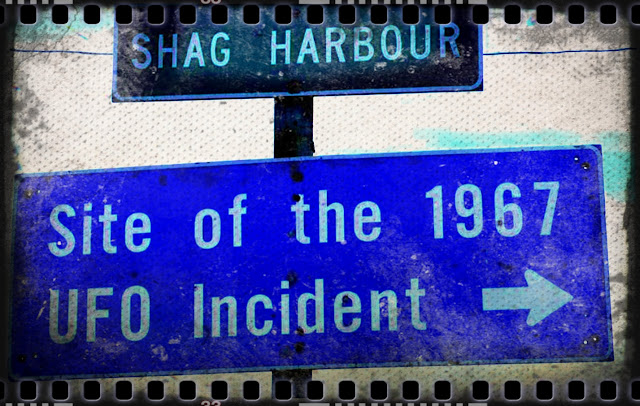Black Dogs and Where to Find them
The UK has a very long history with spectral dogs. Known by many names be it devil dogs, he'll hounds, shucks, barghest, black dogs or dogs of the wild hunt. Nearly every country has their own for some they are a portent of imminent doom, for others they are a demonic force sent to scare and test their faith, some believe that the spirit of an evil person in life can come back as a spectral hound and to others they are a natural part of the psychic landscape of this very old land.
There are tails from hundreds of years ago to the present and the descriptions are remarkably similar.
A creature known as 'Hairy Jack' a large black spectral dog was said by locals to haunt the roads and by-ways of Lincolnshire. Although mostly a passive observer it would on occasion attempt to attack passers-by.
The barghest as it is known in northern parts of England is described as you may think a hell-hound from a horror movie would look. Very large with dark black fur, large sharp teeth and sometimes glowing read eyes that will attack furiously on sight. Interestingly the name barghest can also refer to a household elf depending on where in the country you are. However the black dog name is probably better known generally than that of an elf.
In Sussex you have the wish hounds (wish or wisht is old dielect for ghost or spectre) there is also legend of a wild hunt where multiple black dogs are heard yapping and barking after some unseen prey across the hills and forests.
One of the most well documented and famous cases started during an horrendous storm on Sunday 4th August 1577 during a church congregation at St. Mary's in Bungay Suffolk. The congregation there were praying that the storm would not destroy their timber built houses, sadly this prayer would not be answered by any force forgood. Instead on that fateful day the doors of the church flung open and the people were faced with a huge black dog that wasted no time in attacking and killing two of the church goers in the blink of an eye. Then I a flash of lightning it was gone leaving a trail of destruction in it's wake not only that but shortly after the belfry was struck by lightning causing the death of a further two parishioners. It reappeared 12 miles away at Holy Trinity Church again a loud clap of thunder announced its presence and terror ensued. This time upon leaving it left claw marks burnt into the wooden door which can still be seen to this day.
Read the full story here
There are places named after these creatures such as Black Dog Lane, Black Dog Copse and also places known by locals simply as black dog. The belief in these devil dogs runs deep across the bredth of this isle and science is as yet unable to shift this deep rooted and ancient idea that there is far more to this world than the purely physical and we are yet to truly understand what it means for us.
Black dogs are also closely linked to big cat sightings again reported across the UK for many years and some black dog sightings may have been confused with big cats especially where livestock have been killed and it is easy to see how one could be confused with the other in the midst of an attack and lack of animal knowledge people would often revert to folklore and legend to explain what they had witnessed.
It is easy to dismiss these accounts as miss-identifications or hysteria of an uneducated populous but that doesn't do this enduring and widely held legend justice. Folklore still has much to teach us and we should listen carefully.
Thank you for reading.
Until next time.
RTI
Read more reports here




Comments
Post a Comment